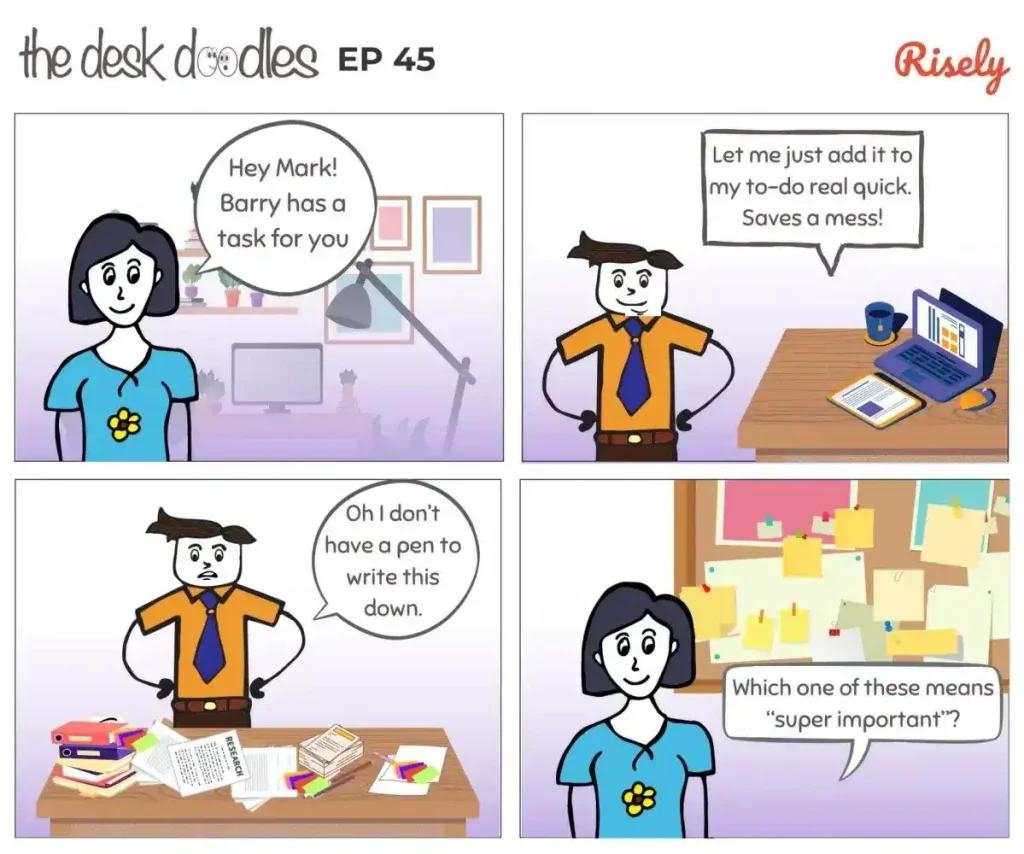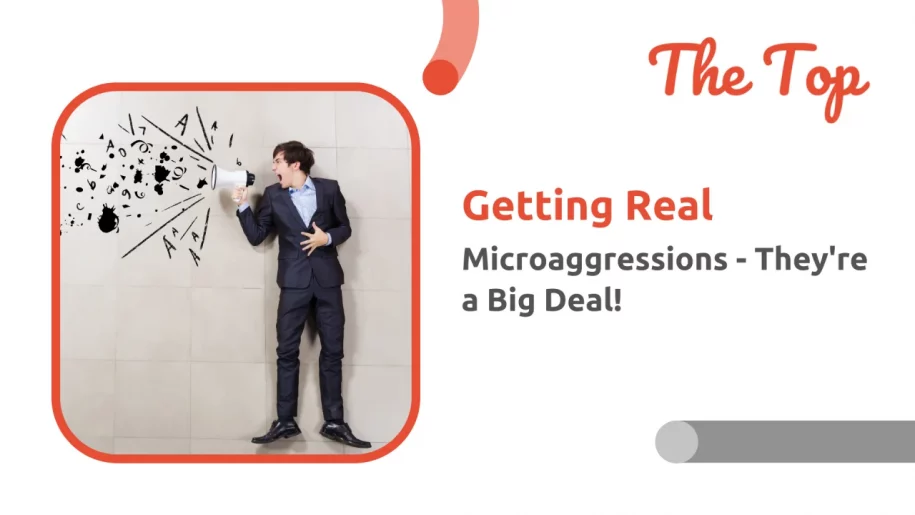Microaggressions – They’re a Big Deal!
When we think of workplace issues, we often focus on the bigger things—conflicts trivializing important matters and fights that leave colleagues nonverbal for days. But beyond these bigger issues, the subtler ones have an impact, too. The worst part is that their existence and effect often go unnoticed.
What are microaggressions?
Microaggressions are not just small and insignificant acts. They are the silent disruptors of a team’s environment and work processes, often going unnoticed. However, their impact is far from insignificant. They erode psychological safety and violate employees’ boundaries, creating an atmosphere of discomfort and unease.
What do microaggressions look like?
This term is a broad umbrella of many behaviors. They can range from small insults to cutting off someone in a meeting, everything that looks alright as standalone offenses and easy enough to let go. But there are more forms of microaggressive behavior that work, which you might notice around you:
- Assuming your behavior because you are from a particular ethnicity
- Making off-handed remarks about a person’s protected attributes (e.g., race, gender, caste, etc.)
- Treating someone differently to dehumanize them or trivialize their contribution
- Wearing traditional clothes as costumes and misusing other elements of someone’s culture
- Making fun of someone’s accent, language, or habits
Why should you care?
Microaggressions are not a matter between the people who are doing it and dealing with it. Instead, they are a cause of concern for any team manager. Microaggressive behavior replaces the healthy relationships in your team with hostile engagements. As a result, trust and safety breaks down. Going into details, we can see the impact of microaggressions in all areas:
- Microaggressions have a massive negative impact on the mental health of employees.
- The impact is much higher on people of color than the rest because they are often subjected to subtle forms of discrimination.
- Physical ailments like high blood pressure, headaches, and sleep deprivation are a direct consequence.
- It stifles the team members’ ability to contribute effectively and makes them search for safer workplaces.
What can you do about this?
Managers are the guiding lights of their teams in many ways. They set the tone and show the way, and that’s precisely how you can address microaggressive behavior in your team, too.
First, make it known that such behavior is not tolerated in your team and goes against the central values that define your way of working. Enable good employee behavior to replace those.
Second, it enables training and awareness opportunities for team members harboring prejudice and discriminatory attitudes. Some issues might lie outside your scope, so it is best to get professionals involved for your team.
Third, support the team members impacted by microaggressions. Show up for them and help them see that their efforts are recognized, no matter what off-handed comments might try to prove.
Ultimately, it’s about being present for all your team members to the best possible capacity without falling into the pitfalls of discrimination that hurt your team.
What’s the update from the Doodle office?


